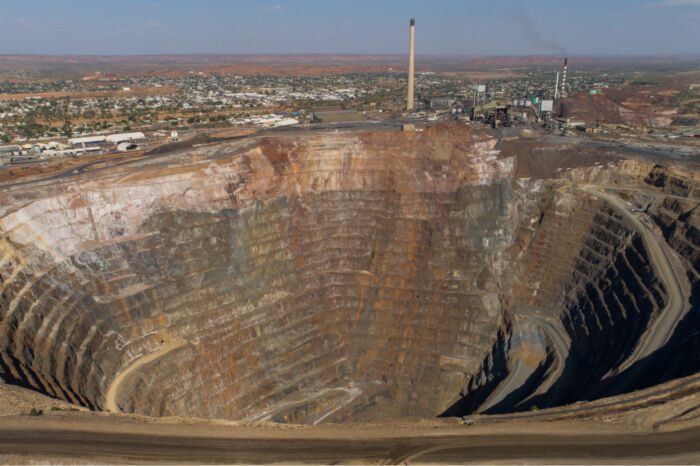Glencore is one of the world’s largest commodities companies. It operates in Australia, Kazakhstan, Canada and the Democratic Republic of Congo. Its global presence can thus give us an interesting insight into the state of the commodities market.
At the beginning of the full quarterly report, the company’s CEO Gary Nagle commented on the situation.
“Operational performance over the third quarter was impacted by a range of events including extreme weather in Australia, industrial action at nickel assets in Canada and Norway (since resolved) and the emergence of significant supply chain issues in Kazakhstan stemming from the Russia/Ukraine war. Full-year 2022 production guidance has, accordingly, been reduced for those affected commodities.”
So how have the individual commodities fared?
Zinc
Zinc has been one of the most dismantled metals in the results due to continuous production cuts. Over the last 9 months, production has fallen by 18% year-on-year, resulting in an overall reduction in the production outlook. It also sent a clear signal to the market that the supply of this commodity will be lower.
The problems are mainly due to supply chain issues in Kazakhstan where Glencore, through Kazzinc, controls large zinc deposits. However, the effects of the war in Ukraine are now being felt there, making the whole situation more difficult.
Read also: The current state of precious metals – look at gold & silver
Overall, production was also lower due to the reduction of its portfolio in South America, the closure of the Matagami plant in Canada and a labor problem in Australia due to Covid-19.
Copper
Own copper production was down 14% compared to the same period in 2021. This was mainly due to land issues and greater constraints within the geotech business.
Problems affected for example mines in the Democratic Republic of Congo and Chile. The sale of the Ernest Henry Mining mine in Australia also contributed to lower production.
Nickel
Nickel production was 15% higher year-on-year. This increase in production was mainly driven by the steady operation of production lines at the Koniambo mine in the north of New Caledonia. Further contributing to this was the smooth operation of another Australian mine, Murrin Murrin.
Lead
Lead production was down 21% year-on-year for very similar reasons to zinc. Because very often these two raw materials are found together.
Coal
Coal production was up 7% year-on-year. This is mainly due to the acquisition of the remaining two-thirds stake in Cerrejon. This increase in production is helping world markets, which now have increased demand for coal, as we informed you in a recent article.
Cobalt
Cobalt was the biggest record breaker, posting a 41% year-on-year increase in production, mainly due to higher production at the Katanga mine in the Democratic Republic of Congo.
What does this mean for the markets and the company overall?
Markets are influenced by, among other things, overall production volumes, so if there is more production in general, market supply increases and metal prices decrease. Conversely, lower production creates a shortage of supply and prices tend to increase.
You may also like: Is gas really that expensive? A look into the energy crisis
Glencore expects a reduced operating profit for its trading division this year. Nevertheless, due to the impact of other divisions and rising market prices, the company is expected to have a record year. The report comments on this.
“Following the exceptionally strong marketing performance in the first half of the year, we currently expect a significantly reduced, but still above-average second-half contribution, likely exceeding $1.6 billion, being the top end of the pro-rated long-term EBIT guidance range of $2.2 to $3.2 billion p.a.”












Comments
Post has no comment yet.